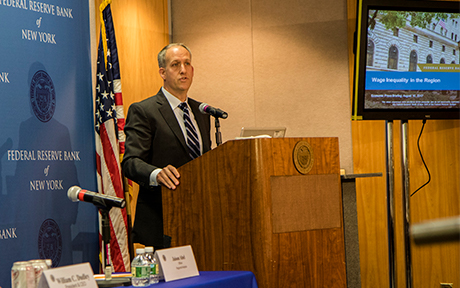
In a previous post, we compared the Federal Reserve’s discount window with the standing lending facilities (SLFs) at the Bank of England (BoE), the European Central Bank (ECB), and the Bank of Japan (BoJ). We showed that the Fed’s discount window was less integrated with monetary policy than the SLFs of the other central banks. In this post, we observe that the counterparty and collateral policies of the Fed’s discount window are similarly less integrated with the practices involved in monetary policy operations, in comparison with the other central banks.


















 RSS Feed
RSS Feed Follow Liberty Street Economics
Follow Liberty Street Economics